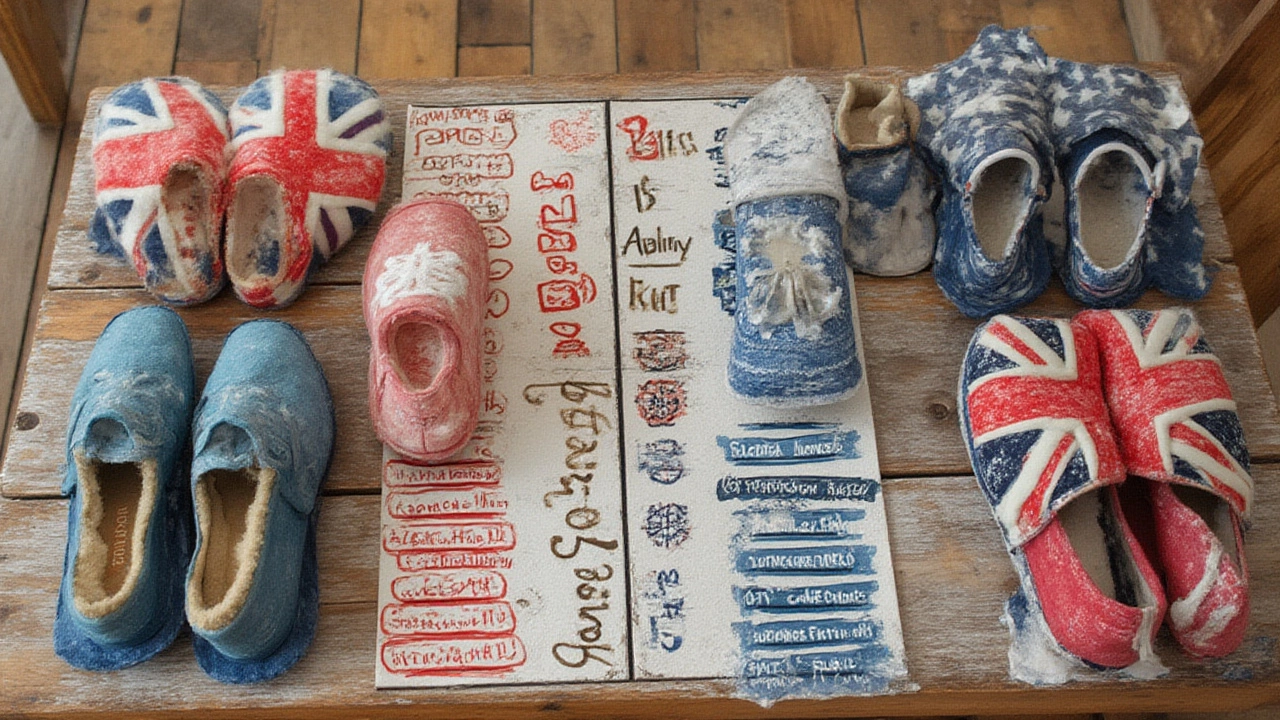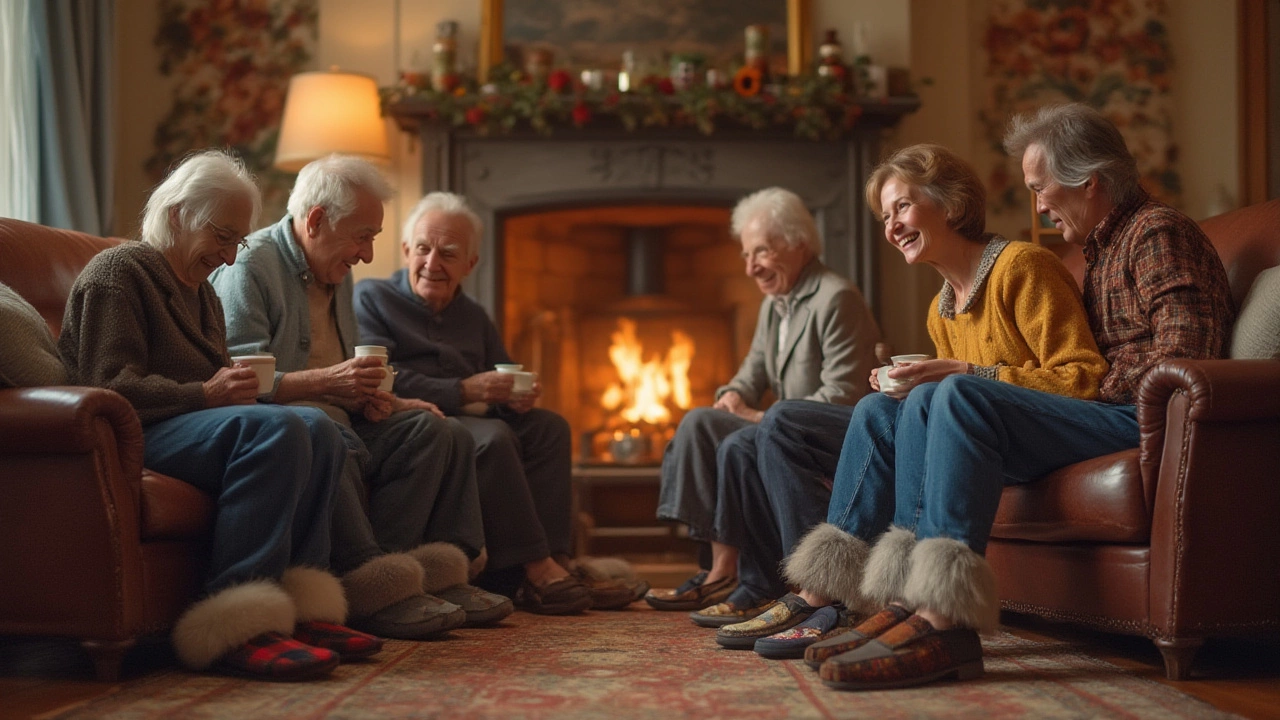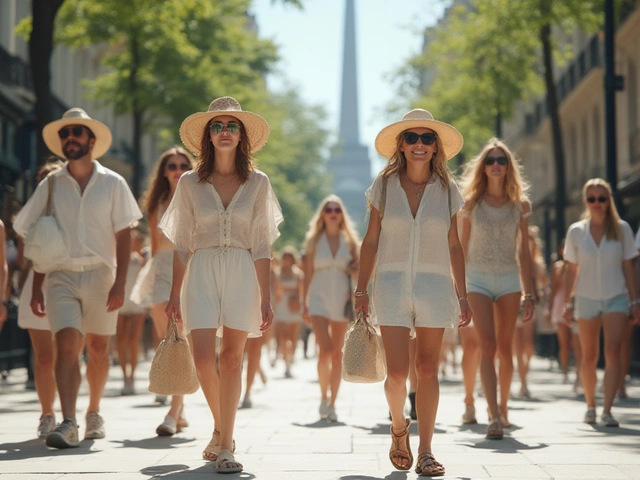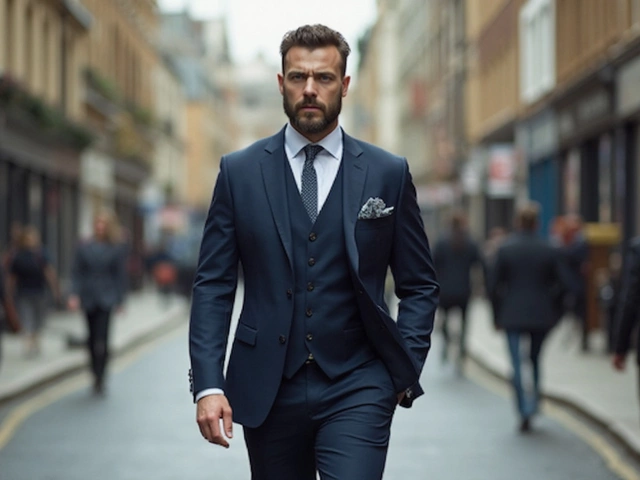Think the word “slippers” is universal in America? Actually, walk into a different state and you might get blank stares or friendly corrections. In some households, calling your cozy indoor shoes “slippers” means you grew up in the Northeast. But cross into the South or Midwest, and you’ll hear people chuckle and hand you your “house shoes.” And it’s not just about vocabulary—these names hint at regional traditions, cultural quirks, and even a hint of nostalgia. Ever wondered why your aunt in Dallas never calls them slippers or what technically makes a slipper a slipper? Dive in, because this is one of those everyday mysteries hiding in plain sight.
How "Slippers" Got Their Name: A Cozy Etymology
Let’s unravel how "slippers" got their name before Americans even started fighting over what to call them. The word “slipper” comes from the Old English “slipor,” basically something that slips on. This isn’t some accidental etymology—it’s a dead-on description. Slippers are designed to slide on your feet, making them the ultimate grab-and-go indoor shoe. Europeans, particularly the English, used variations of the term centuries ago, and it stuck when settlers landed in the New World. But as America grew, so did its quirks. Different immigrant groups, the melting pot of dialects, and thriving regional pride meant “slipper” wasn’t the only name that survived.
By the nineteenth century, the term "slippers" often referred to any easy-on shoe worn indoors, mostly by women and kids. It was also common for slippers in the early days to mean lighter shoes you’d wear to a party, church, or other gatherings—think more delicate than your work boots but fancier than going barefoot. That’s why old-timey catalogs often showed men’s "slippers" as velvet shoes with embroidery, while women’s might have bows or lace. The modern sense of flannel, fuzzy, or even bunny-shaped versions? That’s vintage 20th century America getting cozy.
Different immigrant groups had their say in shaping what slippers meant. German Americans called them “pantoffeln,” and in the Midwest, some Scandinavian families used “toffel” even into the 1950s. But as the word “slippers” sank in, it blossomed mostly along the Eastern seaboard and New England. As people headed west and south, cultural tweaks happened, and for some, “slippers” slowly got replaced by something else. Even now, Americans love to change up words, and what they call basic things (like carbonated beverages, for example) depends on which region you’re standing in.
Commercials, movies, and TV also played a massive role. Think Mr. Rogers’ Neighborhood—every episode started with Fred Rogers trading his outdoor shoes for a trusty pair of blue canvas "slippers," cementing the warm, familiar ritual in millions of homes. Fuzzy slip-on shoes became shorthand for relaxation and feeling safe at home. In ad campaigns from the 1970s through the 1990s, big brands like Dearfoams and Isotoner used the word “slippers” because it evoked comfort. Men got the classic moccasin style; women got everything from pink scuffs to memory foam. The message was clear: slippers mean home, no matter what else you call them.
What Do Americans Call Slippers? Regional Names and Differences
This is where it gets fun. Ask ten Americans what they call those shoes you wear indoors, and don't be surprised if you get a dozen answers. "Slippers" holds strong in most parts of the North, especially New England and the Pacific Northwest. But if you’re hanging out in Texas, Alabama, or Oklahoma, you’ll hear “house shoes” nine times out of ten. Don’t believe it? There’s actual data—an informal poll by Marist College found that 63% of Southerners prefer “house shoes,” while 70% of Northeasterners only say “slippers.” Check out the breakdown below for some quick facts:
| Region | Common Term | Percentage |
|---|---|---|
| Northeast | Slippers | 72% |
| Midwest | Slippers or House Shoes | 49%/37% |
| South | House Shoes | 63% |
| West Coast | Slippers | 77% |
| Appalachia | House Shoes | 58% |
“House shoes” aren’t the only variant. In some corners of Louisiana and Mississippi, you’ll hear “house slippers,” blending the two terms as a compromise. On the flip side, ask someone from California or the Pacific Northwest, and “slippers” is the undisputed champ. As for New York City, things get creative—some older folks will say “bedroom slippers,” while the younger crowd just shrugs and says “slippers.”
Then there are the outliers. In Hawaii, the vast majority call those simple foam flip-flops “slippers”—but spelled "slippahs." It’s not the fuzzy winter kind, but the casual rubber ones you kick on to go anywhere indoors or outdoors. In Minnesota or Wisconsin, don’t be surprised if older generations still say “toffel,” echoing their Scandinavian roots. Among Hispanic communities throughout the Southwest, you’ll often hear “chanclas” for any backless indoor shoe— sometimes meant affectionately, sometimes as an infamous disciplinary tool.
Why all the differences? Blame history, culture, and climate. Colder regions tend to stick with the term "slippers" because the shoes themselves are usually lined or insulated to beat winter chill. In the South, “house shoes” are often lighter, just enough to keep your feet clean on tile or hardwood. You’ll find that in hot, humid states, people go barefoot at home more, so there’s less need for anything heavier. Kids sometimes pick up on their parents’ word and stick to it for life, so don’t be surprised if a Southerner in Boston still refuses to call them slippers.

The Many Types of Slippers Americans Wear
Not all slippers are created equal, and in America, the variety is wild. Once you start noticing, you’ll spot everything from the classic moccasin (the kind with suede, a faux fur lining, and little lace-ties nobody actually uses) to novelty versions covered in cartoon faces. The “slide” style, beloved by teens and college students, looks like a flip-flop with one wide strap— technically, that’s a slipper too, as long as you wear it indoors. Here’s a quick snapshot of the most popular kinds around the country:
- Scuff slippers: Backless, just enough to keep toes covered. Imagine those thick memory foam ones you see at department stores every December.
- Moccasin slippers: Modeled after Native American shoes, with a closed back and often lined with plush or sheepskin. Big in Minnesota and Maine.
- Bootie slippers: Higher coverage, basically fuzzy boots for inside the house. Really catch on during winter blizzards.
- Slide slippers: Simple, open-toe. Think spa or hotel vibes. In California, you’ll spot these everywhere.
- Novelty slippers: Everything from Yoda feet to unicorns. More of a gag gift, but some people actually love to wear them daily.
Studies say that sales of slippers spike every December—coincidence? Probably not. They’re a top holiday gift, and during 2020, when people stayed home for months, slippers shot up 47% in online sales, according to NPD Group. That’s wild for something that’s mostly about comfort and warmth. Some people wear the same pair for a decade; others grab a new set every winter. But here’s a fun fact: the average American owns nearly 2.6 pairs at home, making slippers more common than dress shoes in most closets.
Because the country is so spread out and climates change so much, materials differ too. Alaska and New England love their wool-lined "slippers" or even sheepskin, while Texas and Florida go for terry cloth or thin cotton "house shoes." No matter where you look, though, the point stays the same—keep your feet comfy indoors.
Tips for Choosing and Caring for Your Slippers or House Shoes
Picking a pair of slippers (or house shoes!) might sound easy, but there’s some science behind the right choice. What’s the flooring in your place—tile, hardwood, or wall-to-wall carpet? That detail matters. Hard floors get cold, so a sturdy, insulated slipper with a firm sole works best. Wall-to-wall carpet can fool you into thinking you don’t need slippers, but over time, your feet still nag for some support. Here’s a rundown on what to look for:
- Fit: Sizes aren’t always universal. Try slippers on wearing the socks you’d actually use at home.
- Sole: Go for non-slip materials if there are stairs or slippery surfaces.
- Material: Sheepskin, memory foam, terry cloth, or even recycled plastic—pick what feels best based on your climate.
- Washability: Some slippers are machine-washable, some aren’t. Families with kids or pets definitely need washable ones.
- Lining: Wool is warmer than fleece, but synthetic is less likely to trigger allergies.
Keeping slippers fresh is easy if you know a few tricks. Always let them air out (don’t toss them in a dark closet straight after wearing all day). Most can be machine-washed if you use a pillowcase or gentle cycle—just check the tag. For slippers that can’t get wet, sprinkle a little baking soda inside overnight, then shake them out. If the sole gets worn down, some cheaper pairs can be patched with fabric glue if you’re feeling crafty. And don’t forget—indoor slippers shouldn’t make trips outdoors, even to grab the mail, if you want that freshly-clean feeling.
For anyone with foot pain or specific needs, good slippers provide arch support and some cushion to keep pressure off joints. Brands like UGG, Vionic, or Minnetonka make options for people who stand a lot or live with swelling. As people age, non-skid soles get even more important to prevent falls at home. That’s why so many hospitals hand you a pair of those infamous grippy socks—same logic, just simpler.
Here’s a heads up: wearing slippers or house shoes isn’t just about comfort. Studies from the Cleveland Clinic show that keeping feet warm at home can actually help control body temperature, improve sleep, and decrease the chance of catching colds in winter months. Who knew?
So whether you call them “slippers,” “house shoes,” or even “slippahs,” what matters most is how they make you feel every time you slide them on. Different names, same mission—comfort at home, American style.





